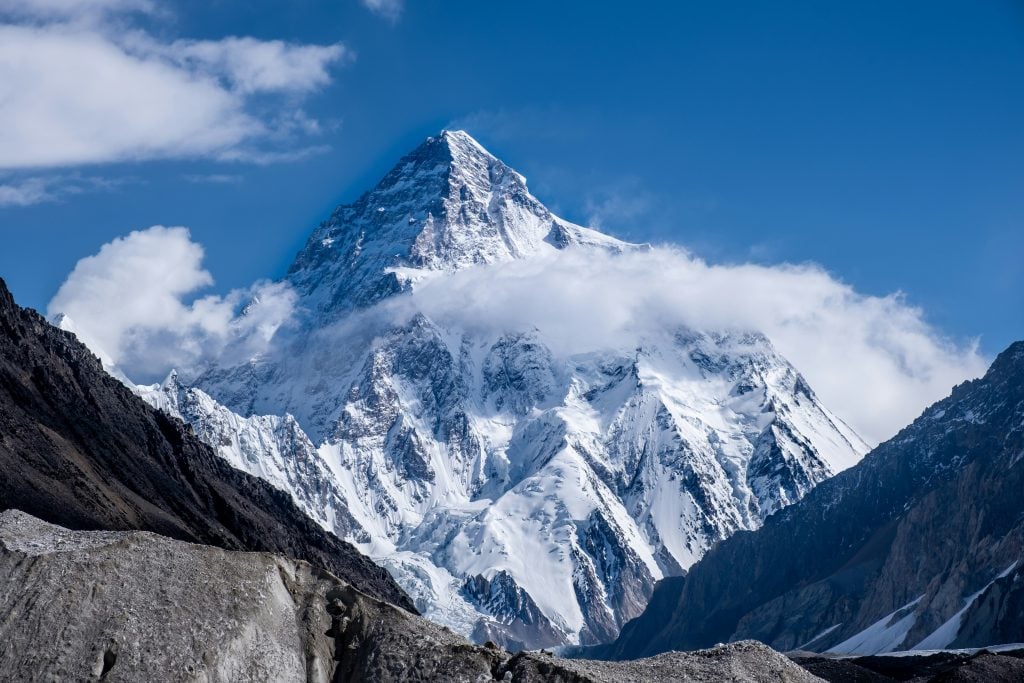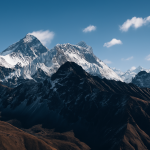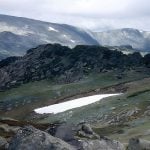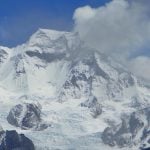Highest Mountains in Pakistan (Top 10)
Pakistan is home to some of the world’s most impressive mountain ranges, including the Karakoram, Himalayas, and Hindu Kush. These towering peaks attract climbers and adventure enthusiasts from around the globe. In this article, we will explore the top 10 highest mountains in Pakistan in detail. Top 10 Highest Mountains in Pakistan
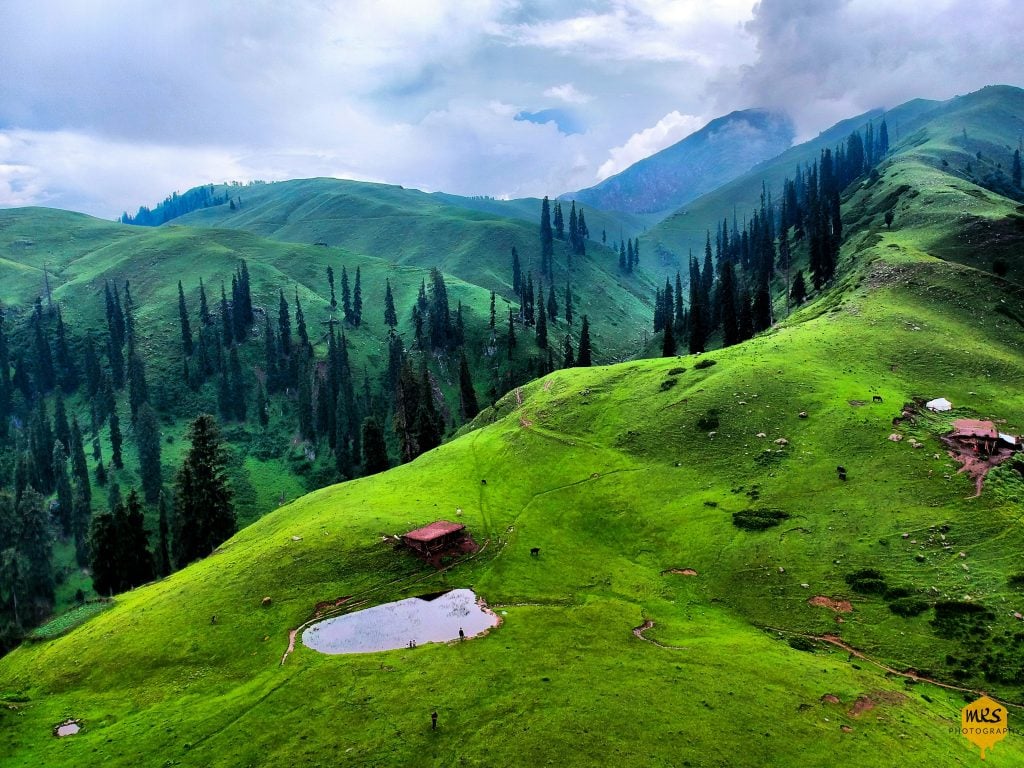

Kohistan, also called Abasin Kohistan or Indus Kohistan, was an administrative district within Khyber Pakhtunkhwa Province in Pakistan, covering an area of 7,492 square kilometres; it had a population of 472,570 at the 1998 Census.
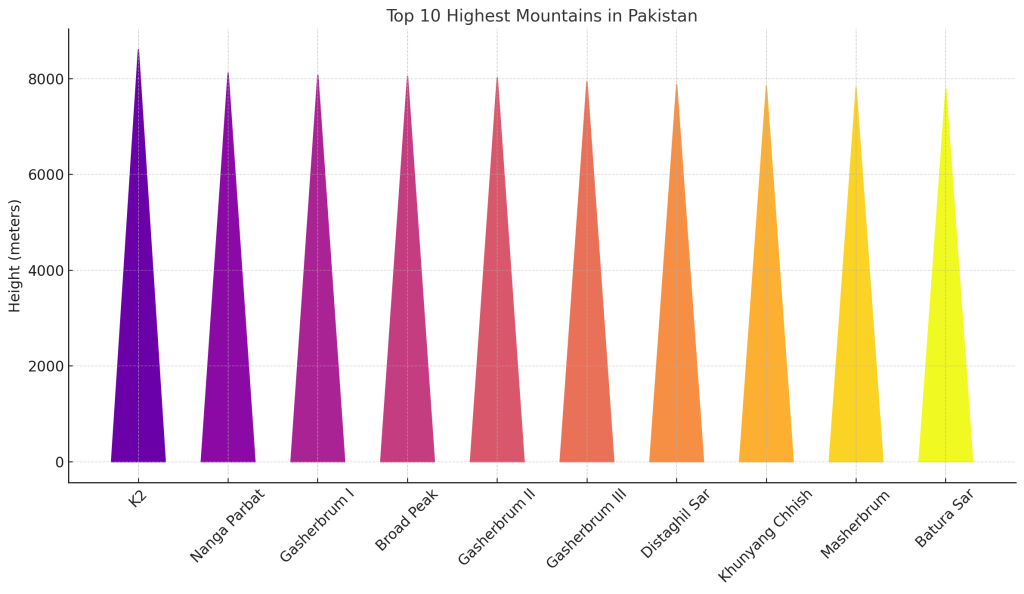
pakistan_highest_mountains_map 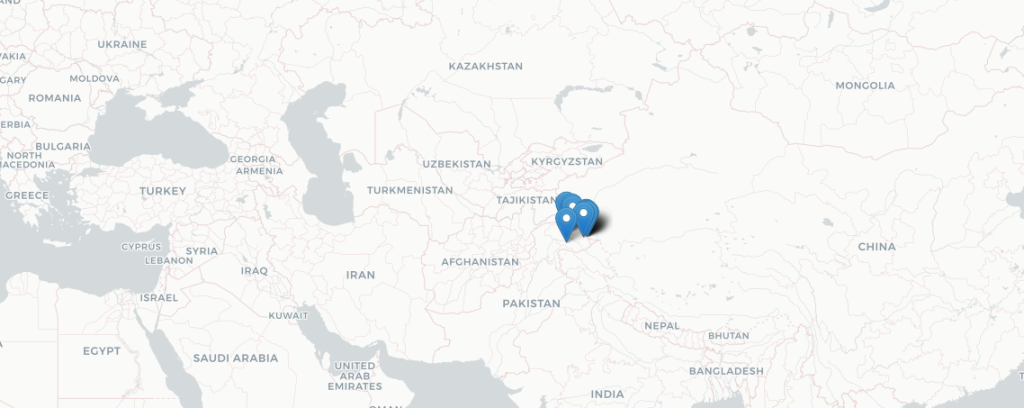
K2 (8,611 m)
The second-highest mountain in the world, K2, is located in the Karakoram range. Known as the “Mountaineer’s Mountain,” K2 is considered more dangerous than Everest due to its technical difficulty and harsh weather conditions. First climbed in 1954 by an Italian team, K2 poses a significant challenge with its high avalanche risk, steep ice walls, and sudden weather changes. It is one of the most sought-after peaks for elite climbers worldwide. The most popular climbing route is the Abruzzi Spur, known for its steep rock and ice sections. Another alternative, the Cesen Route, is slightly less technical but still demanding. The best time to attempt K2 is during July and August, when the weather is relatively stable. However, sudden storms can still make the ascent extremely dangerous. K2 requires exceptional physical endurance, technical climbing skills, and mental resilience, making it one of the world’s toughest climbs. K2 Detail for click
Nanga Parbat (8,126 m)
Located in the western Himalayas, Nanga Parbat is often called the “Killer Mountain” due to its high fatality rate. The first successful ascent was made by Hermann Buhl in 1953. This mountain is notorious for its long and treacherous climbing routes, particularly the Rupal Face, which is one of the world’s steepest mountain faces. Nanga Parbat remains one of the most dangerous mountains in climbing history, earning its reputation as a deadly peak. The most popular climbing route is the Rupal Face, a nearly vertical ascent that tests even the most experienced climbers. Another option is the Diamir Face, which is less technical but still carries significant avalanche risks. While summer provides the best weather conditions for climbing, winter ascents are extremely challenging and have been achieved by only a handful of climbers. Nanga Parbat detail for click
Gasherbrum I (8,080 m)
Gasherbrum I, also known as the “Hidden Peak,” is one of the 8,000-meter mountains in the Karakoram range. It was first climbed in 1958 by an American team. The mountain is known for its avalanche-prone slopes and technical ice climbing sections, requiring both physical and mental endurance. The most common climbing route follows the eastern face, involving long ice sections and steep snow slopes. Winter ascents are exceedingly rare due to the extreme cold and hazardous conditions. Summer is the best season for climbing Gasherbrum I, but careful planning is essential for a successful summit attempt.Gasherbrum I detail for click
Broad Peak (8,051 m)
Broad Peak, located near K2 in the Karakoram range, gets its name from its wide summit. The first successful ascent was made by an Austrian team in 1957. While it is considered less technical than K2, the high altitude and unpredictable weather still make it a formidable challenge. The standard climbing route follows the west face, featuring long snow ridges and icy sections. Broad Peak is most commonly climbed during the summer months, but weather changes can still make the ascent dangerous.Broad Peak detail for click
Gasherbrum II (8,035 m)
Gasherbrum II is another 8,000-meter peak in the Karakoram, first summited by an Austrian team in 1956. Although it is considered one of the “easier” 8,000-meter peaks, its high altitude and extreme weather conditions still pose significant challenges. The primary climbing route follows the southwest ridge, featuring technical ice and snow climbing. While summer is the best time for ascents, climbers must be prepared for sub-zero temperatures and strong winds. Gasherbrum II details for click
Gasherbrum III (7,952 m)
Gasherbrum III, part of the Karakoram range, is not classified as an 8,000-meter peak but still offers a challenging climb. It was first summited in 1975 by a Polish team. The mountain is known for its mixed rock and ice climbing routes. The primary route follows the western face, requiring advanced mountaineering skills to navigate its steep rock sections and icy ridges. Harsh weather conditions further complicate the ascent.Gasherbrum III details for click
Gasherbrum IV (7,925 m)
Gasherbrum IV is one of the most technically demanding peaks in the Karakoram range. It was first climbed in 1958 by an Italian team. The mountain features steep ice walls and sharp ridges that make the ascent extremely challenging. The most common route follows the north face, requiring advanced technical climbing skills. Due to its difficulty, Gasherbrum IV is often regarded as one of the toughest climbs in the region.
Distaghil Sar (7,885 m)
Distaghil Sar, the highest peak in the Hispar Muztagh subrange of the Karakoram, stands at 7,885 meters. First climbed in 1960 by an Austrian team, it remains one of the least-climbed high-altitude peaks in Pakistan. The mountain features several ridges and subsidiary summits, making route selection crucial. The south face is the most common route, offering a mix of steep rock and snow sections. The mountain’s remote location and harsh weather conditions make it a serious challenge for climbers. Distaghil Sar details for click
Kunyang Chhish (7,852 m)
Kunyang Chhish is one of the most challenging mountains in the Karakoram, standing at 7,852 meters. It was first successfully climbed in 1971 by a Polish team. The mountain features steep and treacherous slopes, with high avalanche risks. The primary climbing route follows the southwest face, requiring technical ice climbing skills. Due to its difficulty and isolation, Kunyang Chhish remains a rarely climbed peak.Kunyang Chhish details for click
Masherbrum (7,821 m)
Masherbrum, also known as K1, is one of the most prominent peaks in the Karakoram range. It was first summited in 1960 by an American-Pakistani team. The mountain features challenging rock and ice climbing sections. The standard route follows the southeast face, requiring climbers to navigate steep snowfields and technical rock sections. Masherbrum’s extreme weather conditions and remote location make it a difficult yet rewarding climb. Masherbrum details for click
Pakistan offers a diverse range of climbing challenges, from the world’s second-highest peak, K2, to technically demanding summits like Gasherbrum IV and Masherbrum. These mountains continue to attract climbers from around the world, making Pakistan a premier destination for high-altitude mountaineeri
The Highest Peak of Pakistan: who takes the win?
What is the highest mountain in Pakistan?
– The highest mountain in Pakistan is K2, standing at 8,611 meters (28,251 feet). It is also the second-highest mountain in the world.
How many 8,000-meter peaks are in Pakistan?
– Pakistan has four peaks over 8,000 meters:
-
-
K2 (8,611 m)
-
Nanga Parbat (8,126 m)
-
Gasherbrum I (8,080 m)
-
Broad Peak (8,051 m)
-

